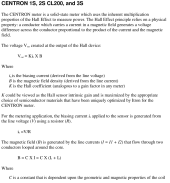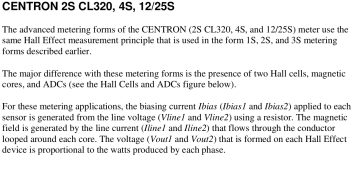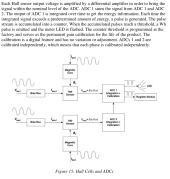I got my 18kpv today, took out the manual and started reading. I thought I had this figured out but now I’m even more confused. I am focusing first on the hardware setup.
I currently have 2 6500s and 6 livepower4 batteries.
The way I figured the wiring was suppose to go is, take the grid line in wires from my 200a panel, connect those to the inverter line in. Then from the line out of the inverter to the 200a panel where the grid lines were. Then of course connect the cts, batteries and pv.
After looking at the manual, it is showing to use service taps to the inverter. It also shows a transfer switch, which I thought this inverter had one in it.
My plan is to export to the grid and also use the grid for backup and assistance when needed.
Can anybody clear this up for me?








